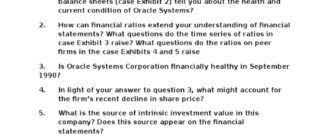There are three levels of formality in spoken and written language. These levels or tones of language affect communication style. Each speaker or writer adapts her language to the various contexts in which she uses it. I’m talking here about the notion of style and the related dimension of formality.
In our speaking or writing, sometimes we are more cautious, and sometimes we are more relaxed, just as sometimes we are more relaxed in other kinds of behavior. In other words, different writing styles and speech require different language use, just as clothing styles are suited to different social occasions. Each language has its own way of doing that. The more formal the situation, the more we pay attention to our language. Every educated native speaker has the option of conscious choice of a more or less formal style. The forms and functions of any language vary, not only in terms of geography, but also at the same time with social and cultural levels.
There are three usage dimensions of English: informal, semi-formal and very formal. The levels of formality in which English is used are called registers. These levels reflect the context in which they occur. No style of vocabulary and grammar surpasses any other. What matters is their suitability to the context. But we don’t have to settle for insufficient English. Standard language should be a universal goal in education.
In the following situations, you may find:
1. Informal – spoken languages, slang, informal vocabulary, regional words and expressions, and informal expressions. Slang is the most informal language level. We use informal language always in everyday conversation. It is used in everyday writing and speaking.
2. Semi-formal – standard vocabulary, conventional sentence structure, and few or no contractions (full forms such as I have, no, etc.). In semi-formal writing, spoken languages are much less common. For example, the indefinite pronoun one appears instead of the more conversational you. You will find this tone in assigned essays to students.
3. Very Formal – standard vocabulary (or more learned words), technical jargon and complex syntax. Formal words occur more often. You will find this style in a professional journal.
It is important to note that an author’s tone and attitude is the combination of utterance, vocabulary, syntax, and rhetorical devices used to create the specific writing with which she intends to inform her audience.






